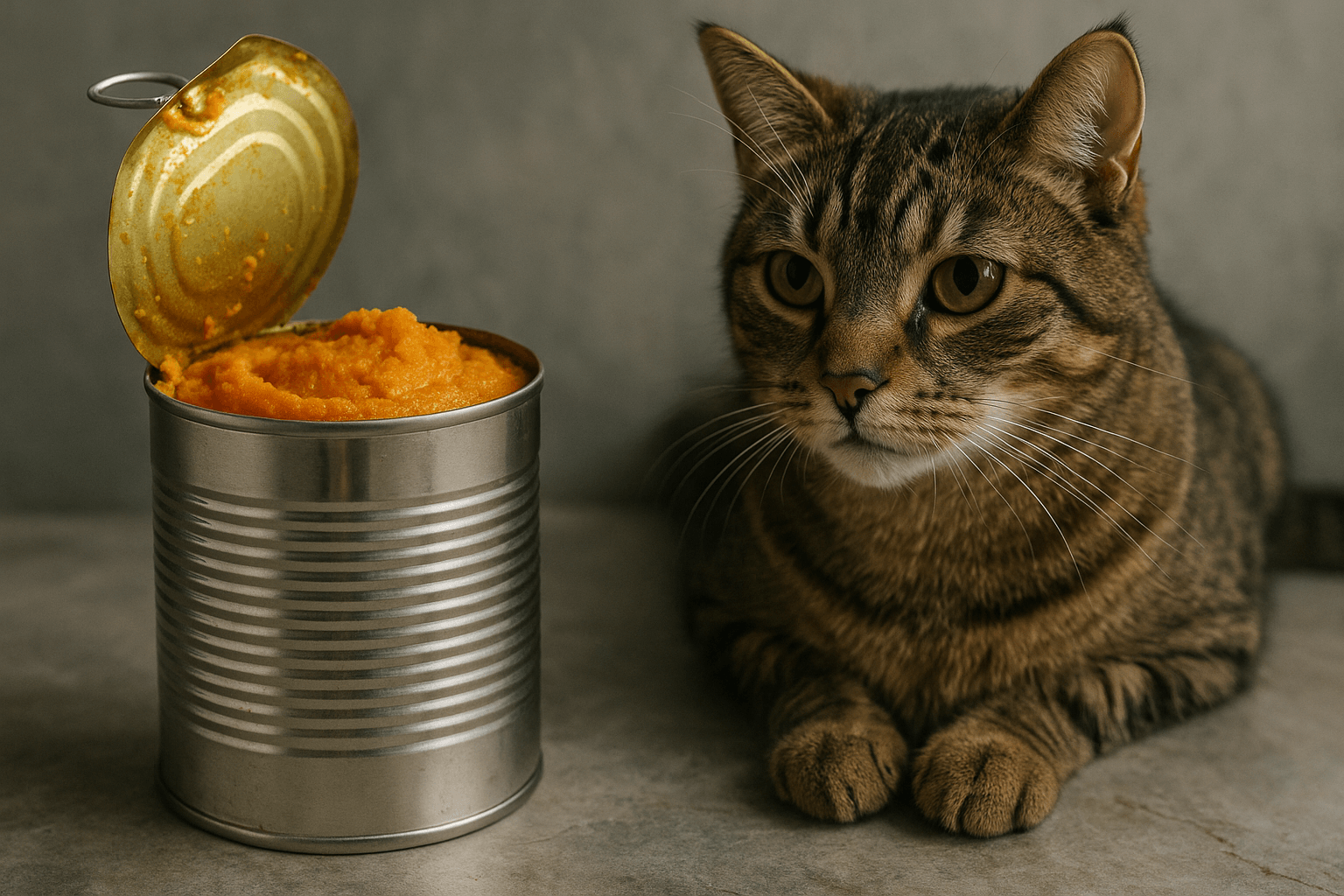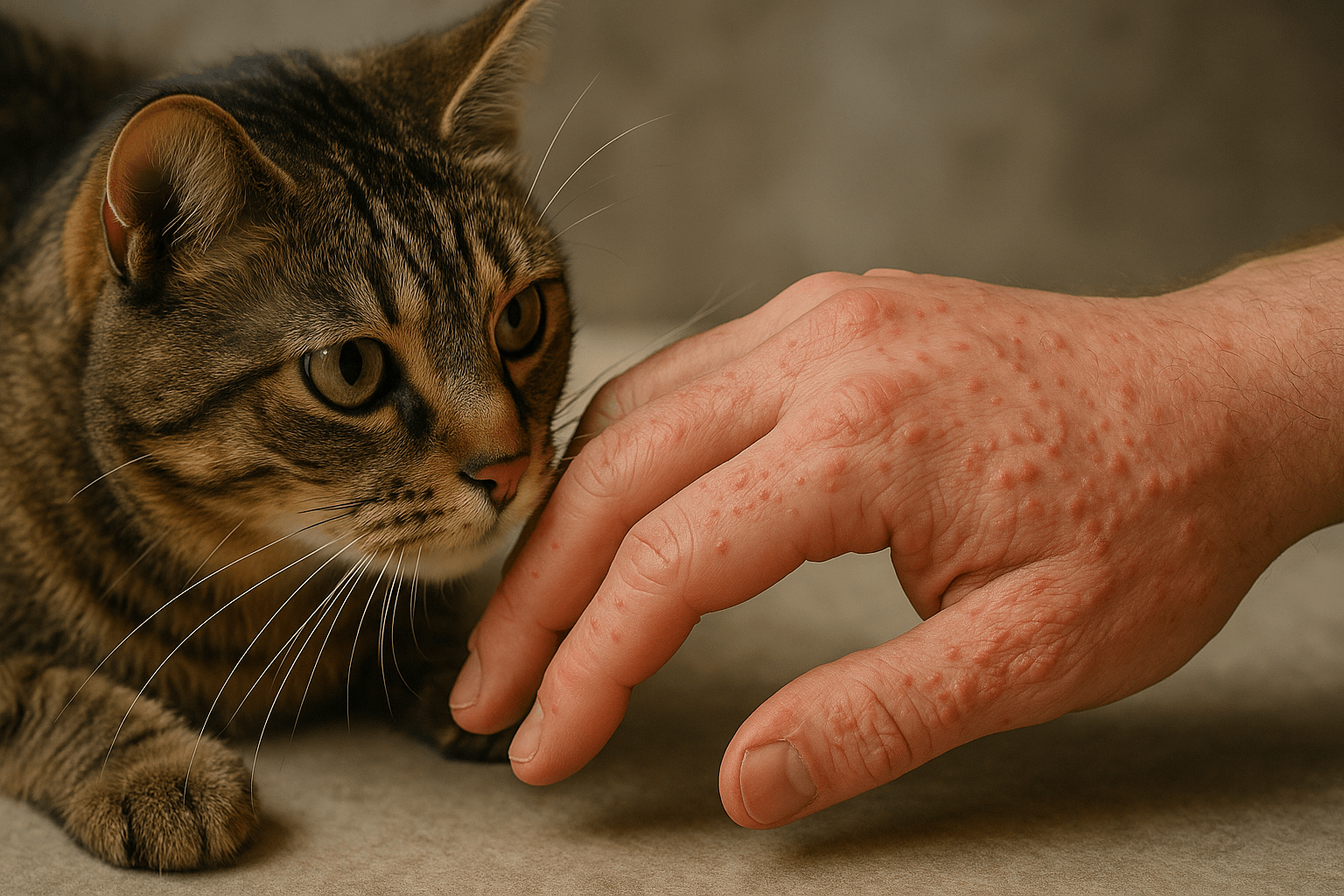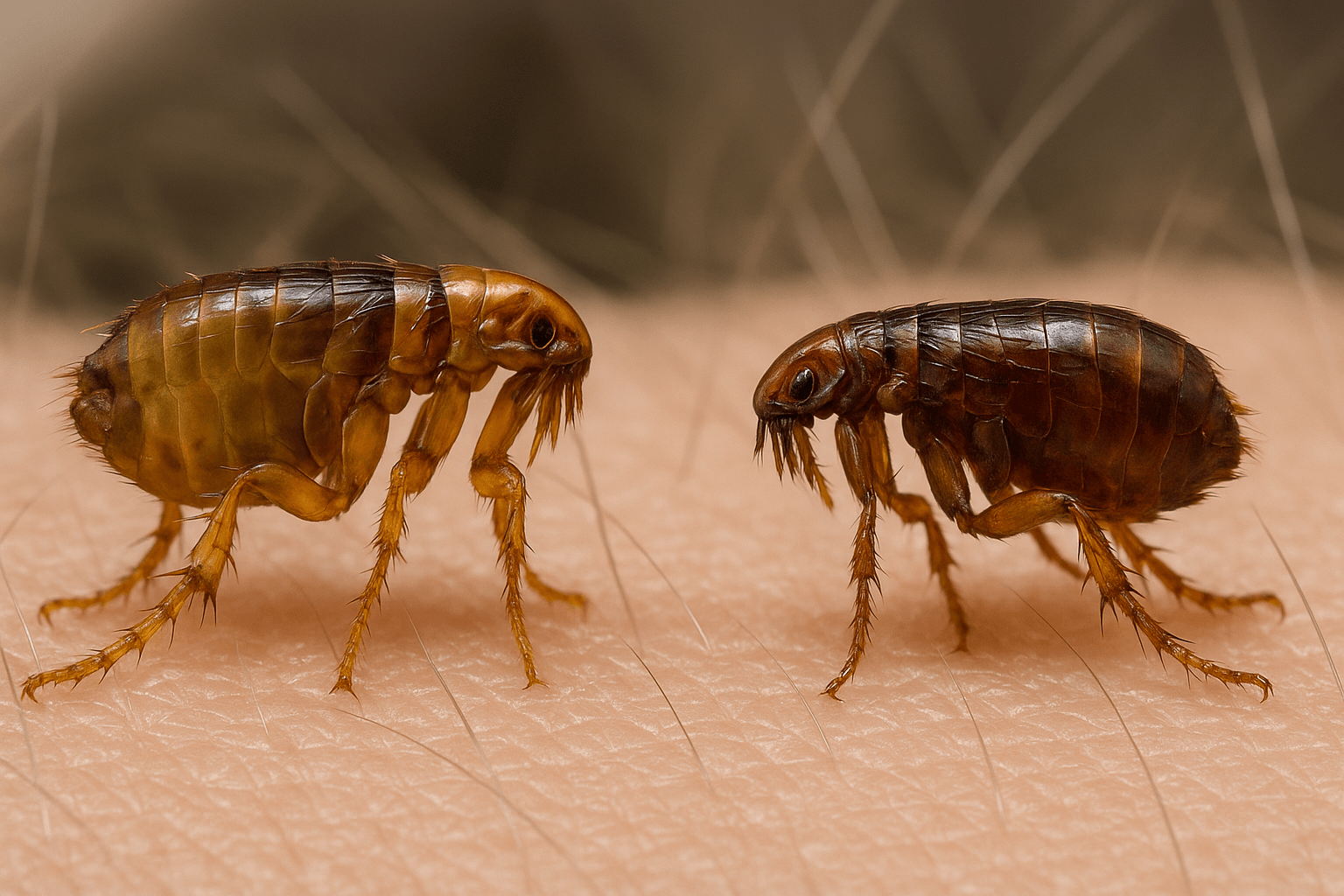Can Dogs Have Porterhouse Bones? A Guide to Safe Treats for Your Pup
If you’ve ever wondered whether your furry friend can enjoy a porterhouse bone, you’re not alone. Many dog owners are tempted to share this juicy, meaty treat with their pets, but it’s essential to understand the risks and benefits before doing so. While dogs are naturally drawn to bones, not all bones are safe for them to chew or eat. In this blog post, we’ll explore whether porterhouse bones are a suitable treat for dogs, discuss potential hazards, and provide safer alternatives. By the end, you’ll have all the information you need to make an informed decision about your dog’s diet.
The Risks of Giving Porterhouse Bones to Dogs
While porterhouse bones may seem like a tasty treat for your dog, they come with several risks that every pet owner should be aware of. These risks primarily stem from the structure and composition of the bone itself. Here’s what you need to know:
Splintering Hazard:
Cooked porterhouse bones can splinter easily, potentially causing injuries to your dog’s mouth, throat, or digestive tract.Choking Risk:
Large pieces of bone can break off and become lodged in your dog’s throat, leading to choking or blockages.Digestive Issues:
Fragments of bone can cause gastrointestinal obstructions or perforations, which may require surgical intervention.High Fat Content:
Porterhouse bones often contain fatty meat, which can upset your dog’s stomach or lead to pancreatitis if consumed in excess.Cooked vs. Raw Bones:
Cooked bones are more brittle and dangerous than raw bones, making them a poor choice for dogs.
These risks highlight why caution is necessary when considering porterhouse bones as a treat for your dog. Always prioritize your pet’s safety over indulgence.
Safer Alternatives to Porterhouse Bones for Dogs
If you want to give your dog a bone-like treat without the associated risks, there are plenty of safer alternatives available. These options mimic the chewing experience of real bones while minimizing potential dangers. Here are some great choices:
Rawhide-Free Chews:
Made from natural ingredients, these chews are digestible and less likely to cause harm.Dental Chews:
Designed to clean teeth and freshen breath, dental chews are a healthy and safe option for dogs.Rubber Chew Toys:
Durable rubber toys, like Kongs, can be stuffed with treats to keep your dog entertained and satisfied.Dehydrated Beef Tracheas:
These natural chews are soft, digestible, and packed with nutrients like glucosamine for joint health.Antlers:
Long-lasting and mess-free, antlers are a great option for aggressive chewers.
By opting for these safer alternatives, you can ensure your dog enjoys a satisfying chew without compromising their health. Always supervise your pet during chewing sessions to prevent accidents.
Check this guide 👉Top 5 Durable Dog Bones for Ultimate Chewing Fun!
Check this guide 👉Can Dogs Have Beef Bones? Best 7 Expert Tips!
Check this guide 👉Are Milk Bones Bad for Dogs? Best 7 Expert Tips!

Risks of Porterhouse Bones | Benefits of Safer Alternatives |
|---|---|
Splintering hazard | Digestible and gentle on teeth |
Choking risk | Promotes dental health |
Gastrointestinal issues | Mess-free and long-lasting |
High fat content | Nutrient-rich and healthy |
Brittle texture | Safe for supervised chewing |
Signs Your Dog May Be in Danger After Eating a Bone
If your dog has accidentally consumed a porterhouse bone or any other unsafe bone, it’s crucial to recognize the warning signs of distress. Early detection can prevent serious complications and ensure your dog receives prompt care. Here’s what to watch for:
Excessive Drooling:
This could indicate irritation or injury to your dog’s mouth or throat.Vomiting or Diarrhea:
These symptoms may suggest gastrointestinal upset or blockage caused by bone fragments.Lethargy or Weakness:
A sudden lack of energy could signal internal discomfort or pain.Difficulty Swallowing:
If your dog seems hesitant to eat or drink, they may have a bone fragment stuck in their throat.Abdominal Pain:
Whining or reluctance to be touched around the belly area may indicate internal damage.
If you notice any of these signs, contact your veterinarian immediately. Quick action can make all the difference in ensuring your dog’s safety.
Tips for Safely Treating Your Dog with Bones
If you’re set on giving your dog a bone-like treat, there are ways to do so safely. By following these tips, you can minimize risks and ensure your dog enjoys their snack responsibly.
Choose Raw Bones Over Cooked Ones:
Raw bones are less likely to splinter and are generally safer for dogs to chew.Supervise Chewing Sessions:
Always monitor your dog closely to prevent them from swallowing large pieces.Limit Chewing Time:
Extended chewing can wear down teeth or lead to overconsumption of bone material.Select Appropriate Sizes:
Ensure the bone is large enough that your dog cannot swallow it whole.Avoid Seasoned or Flavored Bones:
Added spices or sauces can upset your dog’s stomach and are best avoided.
By adhering to these guidelines, you can provide your dog with a satisfying and safe chewing experience. Remember, moderation is key.
Fun Facts About Dogs and Chewing
Chewing is a natural behavior for dogs, and understanding why they love it can help you choose the best treats for them. Here are some interesting facts about dogs and their chewing habits.
Chewing Relieves Stress:
For many dogs, chewing is a calming activity that helps reduce anxiety.It Strengthens Jaws:
Regular chewing exercises the jaw muscles, keeping them strong and healthy.Teething Puppies Love to Chew:
Puppies chew to soothe their gums during the teething phase, which lasts until about six months of age.Chewing Prevents Boredom:
Dogs who don’t get enough mental stimulation may turn to chewing as a way to entertain themselves.Different Breeds Have Different Preferences:
Some breeds prefer softer chews, while others enjoy harder, longer-lasting options.
These fun facts highlight the importance of providing appropriate chewing outlets for your dog’s overall well-being.
Common Misconceptions About Dog Bones
There are several myths surrounding dog bones that can lead to confusion among pet owners. Let’s debunk some of the most common misconceptions.
Myth: All Bones Are Safe for Dogs:
Reality: Cooked bones, especially poultry bones, are highly dangerous due to their tendency to splinter.Myth: Dogs Need Bones for Dental Health:
Reality: While chewing can help clean teeth, specially designed dental chews are a safer and more effective option.Myth: Small Bones Are Fine for Small Dogs:
Reality: Size doesn’t eliminate the risk of choking or splintering.Myth: Raw Bones Are Completely Risk-Free:
Reality: Raw bones can still cause gastrointestinal issues or damage teeth if not given carefully.Myth: Dogs Know What’s Best for Them:
Reality: Dogs don’t always recognize harmful foods or objects, so it’s up to owners to make safe choices.
Understanding these misconceptions ensures you make informed decisions about your dog’s diet and treats.
Benefits of Providing Safe Chew Alternatives
Offering safe chew alternatives to your dog has numerous benefits beyond just avoiding risks. Here’s how these options can enhance your dog’s quality of life.
Improved Dental Health:
Dental chews and toys help reduce plaque and tartar buildup, promoting cleaner teeth and fresher breath.Mental Stimulation:
Interactive chew toys challenge your dog’s mind, keeping them engaged and entertained.Reduced Anxiety:
Chewing releases endorphins, which can help calm anxious or hyperactive dogs.Weight Management:
Low-calorie chews provide a satisfying snack without contributing to weight gain.Bonding Opportunities:
Sharing safe treats or playing with interactive toys strengthens the bond between you and your dog.
By incorporating these alternatives into your dog’s routine, you support their physical and emotional well-being while keeping them safe.
Frequently Asked Questions About Dogs and Porterhouse Bones
Can dogs eat cooked porterhouse bones?
No, cooked porterhouse bones are prone to splintering and pose significant risks to your dog’s health.
Are raw porterhouse bones safe for dogs?
While raw bones are safer than cooked ones, they still carry risks and should only be given under supervision.
What should I do if my dog swallows a bone fragment?
Monitor your dog closely for signs of distress and consult your veterinarian if you notice any concerning symptoms.
How often can I give my dog a bone?
Limit bone treats to occasional use and always prioritize safer alternatives for regular chewing.
Are there any bones that are completely safe for dogs?
While no bone is entirely risk-free, raw marrow bones and specially designed dog chews are safer options.
The Verdict: Can Dogs Have Porterhouse Bones?
While porterhouse bones may seem like a tempting treat for your dog, the risks far outweigh the benefits. From splintering hazards to high fat content, these bones can pose serious threats to your pet’s health. Fortunately, there are plenty of safer alternatives that allow your dog to enjoy a satisfying chew without compromising their well-being. By prioritizing safety and supervision, you can ensure your furry friend stays happy and healthy. Remember, when it comes to treating your dog, it’s always better to err on the side of caution.
Canned Pumpkin for Cat Diarrhea: Best 7 Expert Tips! Natural remedy to firm stools, soothe upset bellies, and support gut health safely.
Can a Cat Give You Scabies? Best 7 Expert Tips! Discover the truth about feline mites, human skin risks, and how to protect yourself—without panic.
Cat Flea vs Human Flea: Best 7 Expert Tips! Discover the truth about bites, species, and how to eliminate infestations for good.
Weird Cat Behaviors: Best 7 Expert Tips! Discover why cats do strange things—and how to understand, not punish, their instincts for a happier home.





